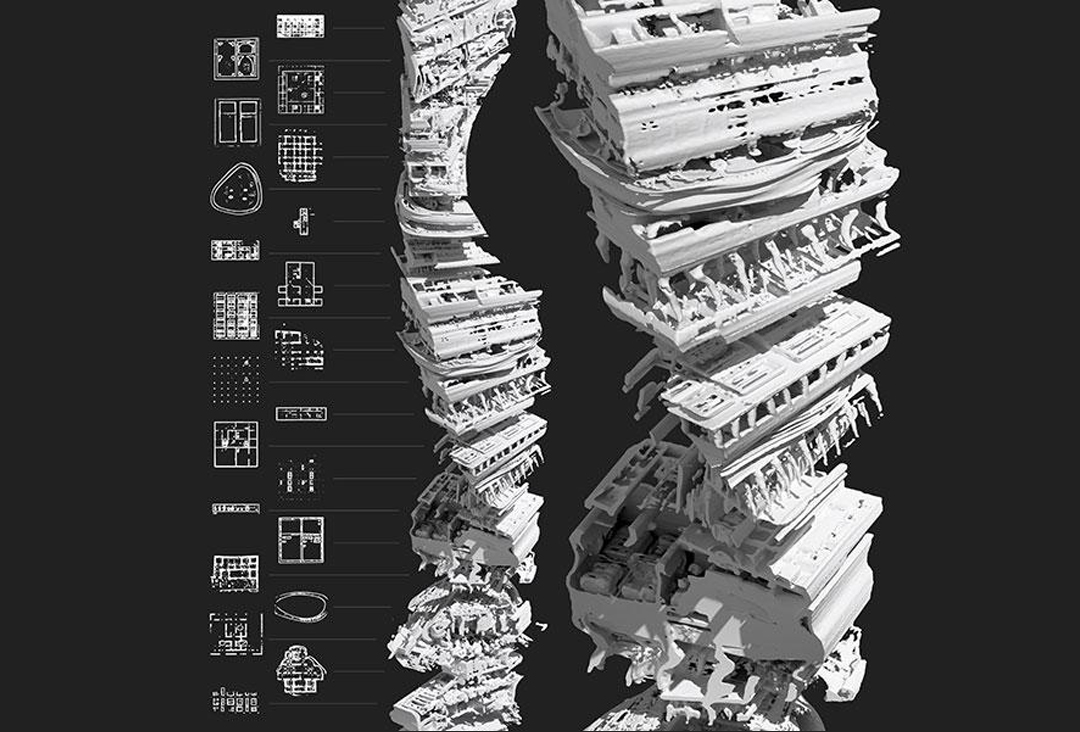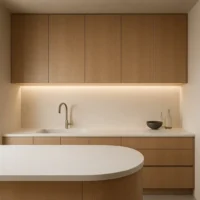- Home
- Articles
- Architectural Portfolio
- Architectral Presentation
- Inspirational Stories
- Architecture News
- Visualization
- BIM Industry
- Facade Design
- Parametric Design
- Career
- Landscape Architecture
- Construction
- Artificial Intelligence
- Sketching
- Design Softwares
- Diagrams
- Writing
- Architectural Tips
- Sustainability
- Courses
- Concept
- Technology
- History & Heritage
- Future of Architecture
- Guides & How-To
- Projects
- Interior Design
- Competitions
- Jobs
- Store
- Tools
- More
- Home
- Articles
- Architectural Portfolio
- Architectral Presentation
- Inspirational Stories
- Architecture News
- Visualization
- BIM Industry
- Facade Design
- Parametric Design
- Career
- Landscape Architecture
- Construction
- Artificial Intelligence
- Sketching
- Design Softwares
- Diagrams
- Writing
- Architectural Tips
- Sustainability
- Courses
- Concept
- Technology
- History & Heritage
- Future of Architecture
- Guides & How-To
- Projects
- Interior Design
- Competitions
- Jobs
- Store
- Tools
- More
Tips for Writing a Good Architectural Essay

Architecture is a vast, complex, and visually stunning field that marries science, art, culture, and history. To write a compelling architectural essay, one needs to strike a balance between the technical and the artistic, the abstract and the concrete, the historical and the cutting edge.
Here are some useful tips for writing a good architectural essay:
Know Your Subject:
Research your topic thoroughly. Understand the technical aspects, the historical context, the cultural significance, and the aesthetic values of the architectural subject you’re discussing. Use reputable sources such as architectural journals, academic databases, books, and interviews with industry professionals.
Set the Context:
Every building, city, or architectural style has a historical, social, and geographical context. Make sure to provide enough background information for your reader to grasp the significance of your subject. For instance, if you’re discussing the Gaudi’s Sagrada Familia, it would be valuable to explain its importance in Catalan Modernism and how it reflects Barcelona’s cultural history.
Technical Yet Accessible:
Architectural essays can easily veer into the technical, which can be off-putting for non-expert readers. While it’s necessary to explain the technical aspects of your subject, try to keep it understandable and engaging. Use metaphors and analogies to explain complicated concepts, and avoid jargon when possible.

Incorporate Visuals:
Architecture is a visual discipline. High-quality photos, diagrams, and drawings can significantly enhance your essay. Be sure to use them effectively to illustrate your points, and always provide necessary citations.
Address Different Perspectives:
There is rarely a single correct interpretation of an architectural work. Different architects, historians, and critics may have varying viewpoints about the same design. Acknowledging these differing perspectives can make your essay richer and more balanced.
Critical Analysis:
Go beyond describing the building’s appearance or its construction process. Analyze how it fulfills its intended function, how it relates to its surroundings, and how it expresses or challenges architectural principles. Critically examine its merits and shortcomings, and its impact on society or the environment.
Cite Your Sources:
As with any academic essay, it is essential to cite your sources correctly. This gives credit where it’s due, backs up your arguments, and allows interested readers to explore the subject further. Always stick to the required citation style.
Clear Structure:
A well-structured essay makes it easier for the reader to follow your arguments. Generally, your essay should have an introduction (setting the stage for your discussion), a body (where you develop your arguments), and a conclusion (where you wrap up and suggest further research directions).

Engage with the Reader:
An architectural essay isn’t just an academic exercise; it’s an opportunity to share your passion for architecture and design. Make your writing engaging and your enthusiasm palpable, and your readers will be more likely to appreciate your insights.
Proofread:
After you finish writing, take the time to proofread your work carefully. Look for errors in spelling, grammar, and punctuation, but also check your facts and make sure your argument is logically sound.
Writing a good architectural essay requires research, critical thinking, and a knack for storytelling. With these tips, you’re well on your way to producing an engaging and informative piece on the fascinating world of architecture. Remember that the goal is not only to inform but also to inspire a love for architectural design in your readers.
Using Best Sources:
For architectural essay writing, you should choose the best reliable online sources obviously. There the best sources you need to research on:
An excellent source of critical writing about architecture, the Architectural Review features essays, architectural critiques, and articles on various topics in the field.
JSTOR is an online library of scholarly journals, books, and primary sources. It includes a vast collection of architecture-related materials.
This is a web magazine dedicated to architecture, design, and art. Designboom offers news articles, interviews, and editorials on a broad spectrum of architectural topics.
Dezeen is a popular online architecture and design magazine. It features a wide variety of architectural projects, news, and essays.
A British architectural magazine with a vast online presence, it offers in-depth articles, case studies, and commentary from leading voices in architecture.
A search engine for scholarly literature, Google Scholar is a good place to find peer-reviewed papers, theses, books, conference papers, and other resources.
Academia.edu allows users to share research papers. It’s a good resource for seeing what other scholars are saying about a particular architectural topic.

1 Comment
Submit your architectural projects
Follow these steps for submission your project. Submission FormLatest Posts
How to Improve Your Blog Writing: Tools and Techniques That Work
Blog writing is challenging; despite 90% of businesses worldwide using marketing strategies,...
How Architecture Students Can Improve Their Academic Writing
There’s a special kind of chaos that lives in the studio of...
EssayWriters vs. All-Nighters: 5 Reasons to Pick the Former
Why Smart Students Choose EssayWriters Instead of Sleepless Nights That moment when...
EssayService Promo Code: Save on Reliable Academic Help
Rising tuition, expensive textbooks, unpaid internships, and endless deadlines have made college...












Hello! I just wanted to say how much I appreciated this blog post. Your writing is always so engaging and informative. It’s clear that you have a deep understanding of the subject matter. Thank you for sharing your expertise with us. Looking forward to your next post!